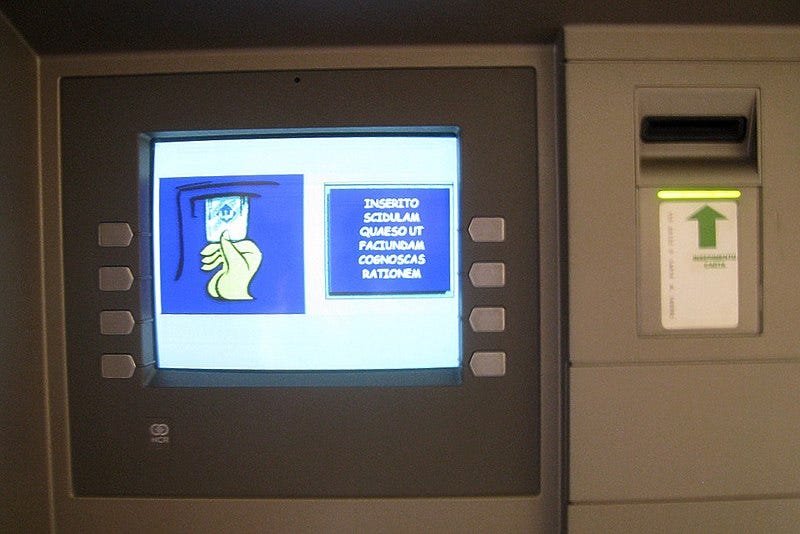
Annual Vatican revenues are expected to take another hit, due in large part to the coronavirus pandemic, the Holy See’s financial office announced Friday. But behind the headline-grabbing deficit figures, the Secretariat for the Economy also reported progress in bringing Vatican finances under control.
The Vatican’s financial secretariat is projecting a 49.7 million euro shortfall in its 2021 budget, it announced in a statement Feb. 19, adding that the budget has been approved by Pope Francis. The budget deficit rises to 80 million, the secretariat’s statement noted, if Peter’s Pence and other restricted funds are factored out.
This budget marks the first time that all Vatican funds, including Peter’s Pence, the annual global collection to support the works of the pope, are being centrally accounted for and administered, a shift ordered by Pope Francis’ most recent financial reforms.
A shortfall was always expected. In May 2020, Fr. Juan A. Guerrero, S.J., prefect of the secretariat, predicted that income for the coming fiscal year would likely be 30-80% down because of the pandemic, which shuttered the Vatican museums and other key revenue generators, and the Friday statement noted that 2020 income came in 21% down from the previous year.
While most reporting has focused on the deficit numbers, the report also suggests progress in the efforts of Pope Francis to bring Vatican spending under control, and to bring budgets into line and into the light.
The Holy See’s financial report for 2019 - released last year - posted a deficit of 11 million euros, which was considerably less than 2018’s deficit of 70 million.
For the 2021 budget, the secretariat announced significant progress in bringing costs under control, with a 14% — 24 million euro — reduction in non-staff operating expenses compared to 2019.
It is a giant leap forward for transparency and accountability that the Holy See is in a position to release annual budget statements and financial reports at all, a step the secretariat’s Friday statement noted has been “repeatedly requested by the Holy Father.”
The budget shortfall will be made up from the Holy See’s reserves. It is not clear how much cash the Holy See actually has in reserve, and, in fact, that may not even be clear to the Vatican’s financial administrators.
But, however much they are, those reserves have recently come under the direct oversight of the financial secretariat following a December 28 order from Pope Francis, which stripped control of Peter’s Pence and other discretionary funds and investments from the Secretariat of State.
That move means that 2021 will be the first time that all curial assets and accounts will be centrally held and managed by APSA, the Vatican’s sovereign wealth manager and central reserve bank.
Guerrero has led the secretariat since November 2019.He was appointed to succeed Cardinal George Pell, whose term of office had expired the previous February. At that time, Pell was in Australia awaiting sentencing following his trail on charges of sexual abuse. In April of 2020, Pell was exonerated of all charges and released, having spent more than a year in prison. Despite his initial conviction, Pope Francis never formally removed Pell from his position as prefect, instead Pell’s position lapsed at the end of his five-year term.
Since succeeding Pell, Guerrero has moved forward several attempted reforms which were put on hold when the cardinal took a leave of absence in 2017 to return to Australia to stand trial, and has insisted that Vatican finances need to be “a house of glass.”
In an interview with the Vatican’s official news service in October, Guerrero said he was aware of the ongoing reporting on financial scandals centered on the Secretariat of State and that he “reads the newspapers” like everyone else.
“It is possible,” he said, “that, in some cases, the Holy See was not only badly advised but also cheated.”
“I believe we are learning from past mistakes or recklessness,” said Guerrero.





